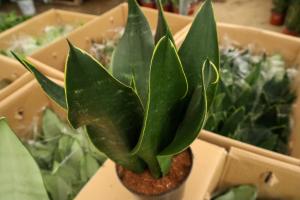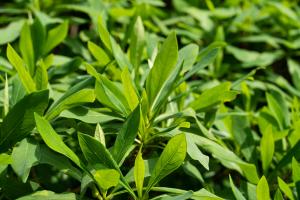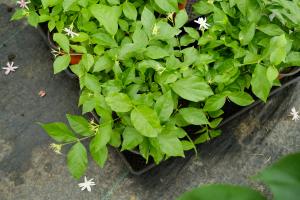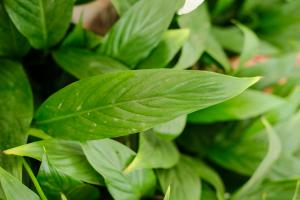Introduction
Spider plants are beautiful indoor plants that need proper care and attention to thrive. During winters, caring for houseplants becomes more challenging, and one of the most critical factors is watering. In this article, we will discuss how often you should water spider plants in the winter season to ensure their ideal growth.
Understanding Spider Plants
Spider plants, also known as Chlorophytum comosum, are one of the popular indoor plants that can last for years with proper care. They are an excellent choice for beginners as they can quickly adapt to different environments with varying light and humidity conditions.
Spider plants prefer bright, indirect sunlight and require watering only when the topsoil feels dry to the touch. During winters, the air becomes dry and retains less moisture, making it challenging for plants' growth. Thus, monitoring the watering schedule during the winters is crucial.
Factors Affecting Watering Spider Plants in Winter
The frequency of watering spider plants during winters can vary depending on several factors, such as:
Temperature: Spider plants prefer moderate temperatures between 60°F - 75°F. During winters, temperatures may drop, making the soil dry slower than usual, requiring less frequent watering.
Humidity: During winters, the air becomes dry due to low humidity levels, and spider plants may need more frequent watering to retain moisture.
Soil Type: The type of soil used affects how quickly it dries out. Spider plants prefer loose, well-draining potting soils that retain moisture but do not become too wet.
Pot Size: A smaller pot size dries out faster than a larger pot. If spider plants are planted in smaller pots, they may require more frequent watering.
How Often to Water Spider Plants in Winter
As mentioned earlier, spider plants prefer moderately dry soil, and overwatering may lead to root rot. During the winter season, spider plants may require less frequent watering than the summers. It is advisable to water spider plants once a week in winters, but it still depends on the factors mentioned above.
To determine if a spider plant needs watering, you should check if the topsoil is dry to the touch. If it is, then you can give your spider plant a thorough watering until you can see water draining out from the bottom of the pot. If the soil is still moist, it's better to skip watering and wait for the soil to dry out.
It's essential to note that the frequency of watering spider plants may vary depending on your house's temperature, humidity, and the pot's size and type. So, it's crucial to keep an eye on the spider plant's soil moisture levels and only water when necessary.
Conclusion
Spider plants are low maintenance houseplants that can enhance your home décor while purifying the air. However, watering them during winters requires a bit more attention and care. By understanding the factors affecting the frequency of watering and keeping an eye on the soil moisture levels, you can ensure that your spider plant thrives in the dry winter season.

 how many times do yo...
how many times do yo... how many planted tre...
how many planted tre... how many pine trees ...
how many pine trees ... how many pecan trees...
how many pecan trees... how many plants comp...
how many plants comp... how many plants can ...
how many plants can ... how many plants and ...
how many plants and ... how many pepper plan...
how many pepper plan...































